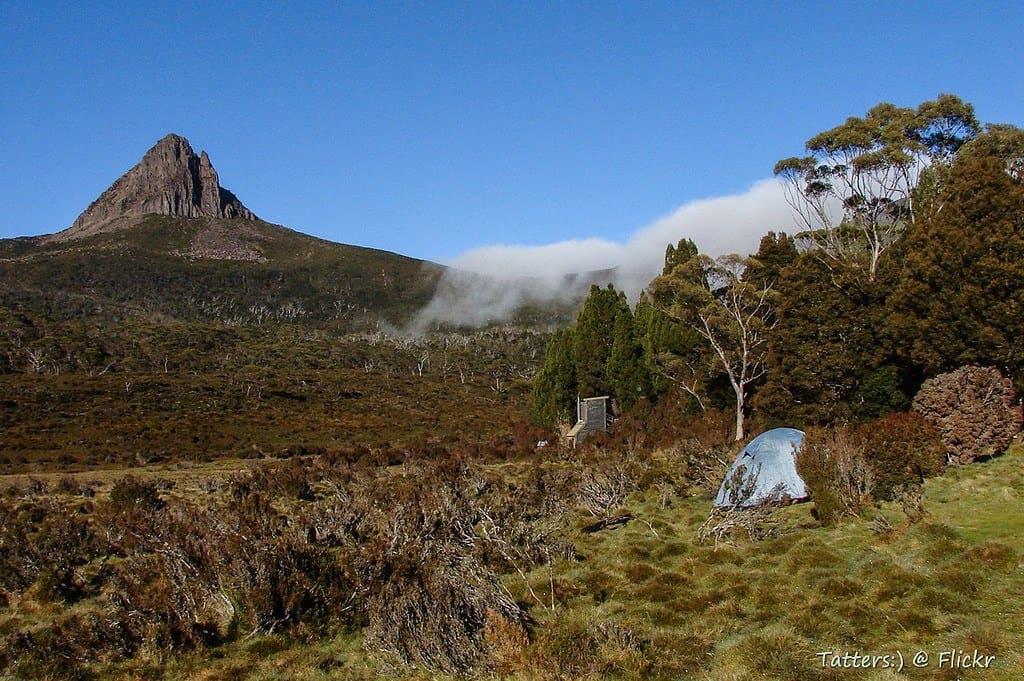Hiking is one the most accessible of all outdoor activities. It requires relatively little in the way of necessary gear and monetary investment. No matter where you are in Canada, there are a variety of hiking venues nearby to suit any level of difficulty. For those that want to stay secure and satisfied as they scale that isolated mountain, or explore the untouched lake shore, the following checklist will prove useful.
Communication and Navigation
While there are plenty of urban hiking options available, it’s likely your venue of choice will be in the wilderness, a place free of pesky Wi-Fi and telephone signals. Make sure that someone back in civilization knows where you’re going and when you plan to be back. After you leave the car at the base of the mountain or at the edge of the lake, you and your hiking buddies on your own.
It may sound old fashioned, but even though most newer model cars like the Chrysler 300 have an onboard navigation system, this can only be relied on to get you to the beginning of the trail. A map and compass are your best friends at this point. Most national, provincial, and municipal parks in Canada can provide you with a detailed trail map, complete with certain checkpoints and landmarks, but it’s important that you don’t rely only on this. It might even be helpful to take a course about using a compass and reading topographical maps, or even how to use star charts.
First Aid and Wilderness Survival
First aid isn’t always about emergencies. You should have a basic first aid kit to take care of any potential injuries, but “first aid” also involves preventative measures and survival. This includes things like sunscreen, big spray, duct tape, a small knife, and a way to either carry or purify water.
Add matches to this list, especially if you’re taking a longer, overnight trip or travelling in cooler temperatures. Any light source is an essential piece of your gear. Even in low light or inclement weather during the day, the lack of a light source and an unkempt hiking path can extend your wilderness adventure to an uncomfortable length.
Clothing and Other Accessories
As obvious as it may seem, just any old pair of boots and cargo pants won’t cut it, especially if you’re taking a hike in a more isolated area. Ask yourself about your unique, individual needs as a hiker. Do you need more ankle support, or arch support? Do you prefer rustic, back-country trails, or a tamer, well marked urban hiking route
Don’t take your own physical well-being or your gear for granted. The proper footwear and clothing is not only a major factor in your comfort and well-being, but also your safety. The risk of injury is increased if you’re wearing the wrong type or kind of hiking boots. Heatstroke or hypothermia are also real risks with inappropriate footwear and clothes.
Hiking might be one of the oldest and most accessible outdoor activities in existence. The sport has evolved to include guidelines regarding environmental awareness and personal safety. Enjoy your hike with the confidence and assurance that you have everything you need for a great day in the outdoors. Remember the scenic view and open vista that’s waiting for you at the summit. Take only photos, and leave only footprints.
Calvin Hemphill is a keen hiker, and as a Boy Scout Leader, likes to think he is always prepared. Along the way (literally!) he has discovered some tried and tested tips that will see you through a trek happy, safe and wanting more.
